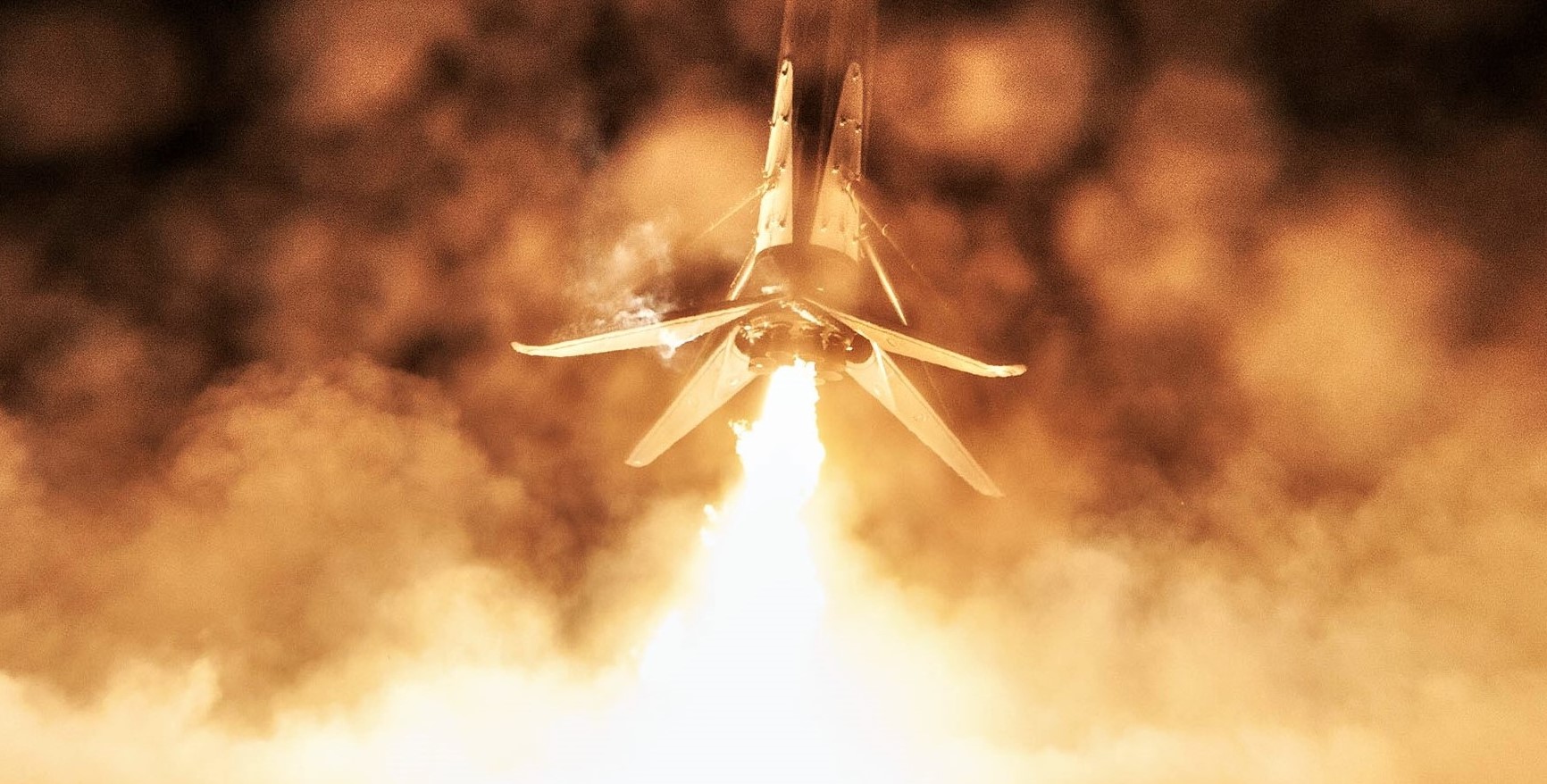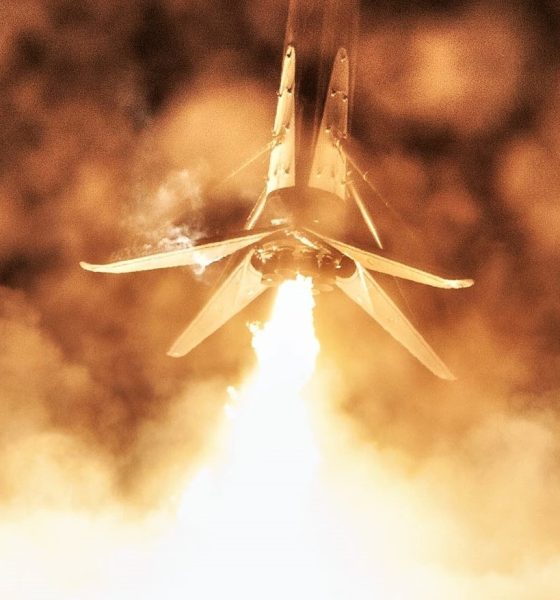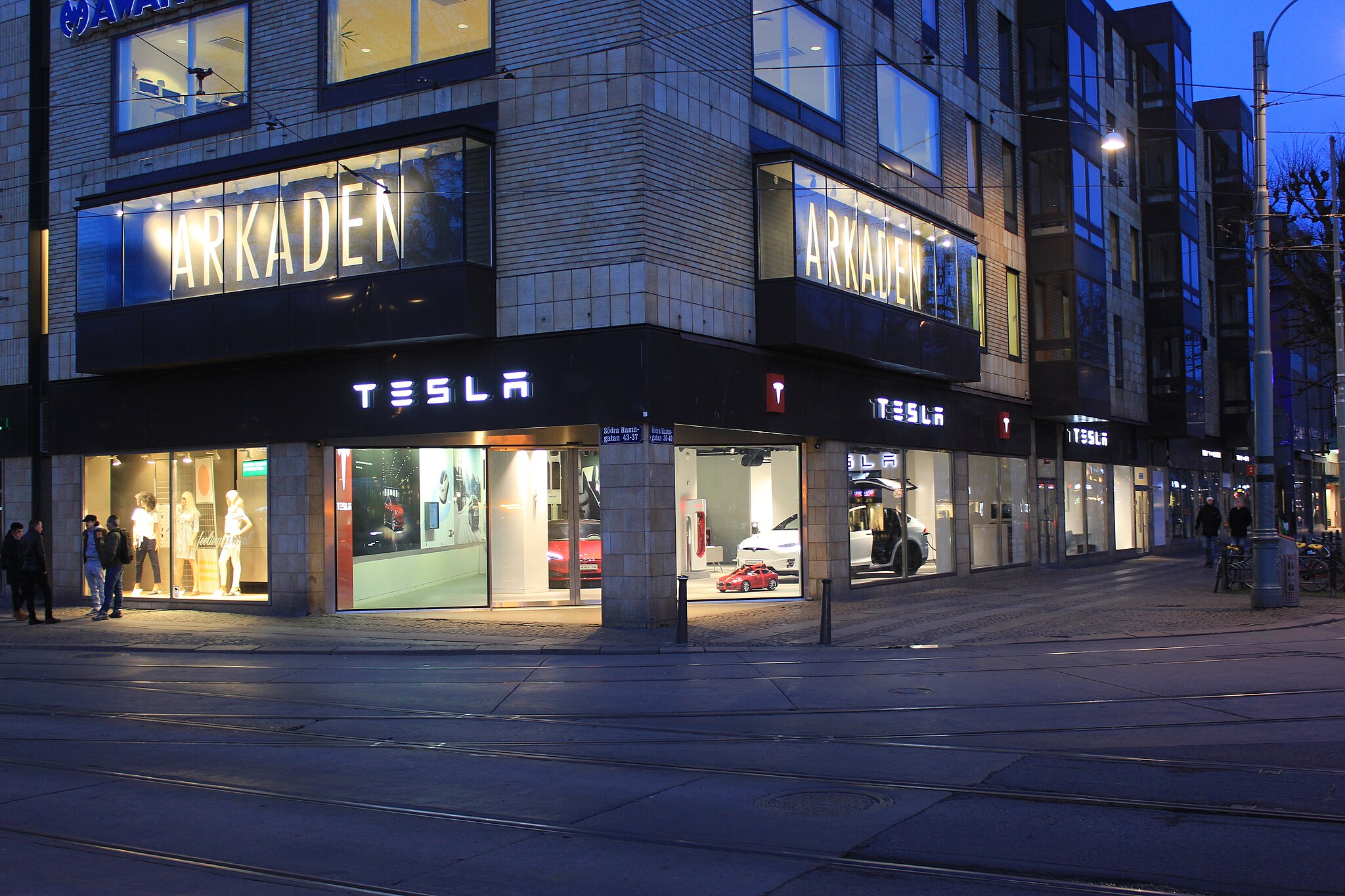

News
SpaceX’s next West Coast Falcon 9 landing could be decided by baby seals
SpaceX and the Canadian Space Agency (CSA) have – at long last – officially announced a launch date for the Radarsat Constellation Mission (RCM), a ~$1B trio of Earth observation satellites.
Delayed from November, February, March, and May, RCM is now scheduled to launch on a flight-proven Falcon 9 booster from California’s Vandenberg Air Force Base (VAFB) no earlier than June 11th. The three flight-ready spacecraft were shipped from Canada in September 2018 and have now been awaiting launch in a Southern California storage facility for more than half a year. The blame for such an egregious delay can be largely placed on SpaceX, but CSA and launch customer Maxar Technologies are also partially responsible. On a lighter note, the location of RCM’s subsequent Falcon 9 landing might end up being decided by seal pupping – baby harbor seals, in other words.
Although RCM’s slip from 2018 to 2019 remains unexplained, the mission’s journey from mid-February to mid-June is a different story. Still, next to nothing is publicly known about the process SpaceX launch customers go through after contracts have been signed, particularly with respect to how Falcon boosters are assigned to missions. This is further stymied by the fact that – to date – the ~$1 billion RCM is probably the most valuable payload SpaceX has ever attempted to launch, making it a clear outlier. But, as they say, “damn the epistemological torpedoes!”
Rocket logistics hell
RCM’s logistical hell and ~6 months of delays began on December 5th, 2018 when Falcon 9 Block 5 booster B1050 – having just completed its inaugural launch debut – experienced a hydraulic pump failure. The first of its kind, B1050’s pump failure killed grid fin control authority and forced the booster to abort into the Atlantic Ocean, where it somehow pulled off a landing soft enough to leave the rocket almost entirely intact. Even more surprisingly, B1050 was safely towed back to port, lifted onto dry land, and shipped off to one of SpaceX’s many Florida hangars for inspection.
Despite its near-miraculous survival, B1050 was immediately removed from SpaceX’s fleet of flightworthy boosters. Set to become the least flight-proven flight-proven Block 5 booster yet after supporting a low-energy Cargo Dragon mission, SpaceX and CSA/Maxar had apparently reached an agreement to launch RCM on B1050.2. Despite the availability of other boosters at the time, all available cores had completed two launches (B1046, 47, and 48) or were assigned to a second launch in the near-term (B1049). This is the only rational explanation for the delays that followed.
B1049 completed its second launch in mid-January 2019 and has since floated around various SpaceX facilities while waiting for its third mission. Had CSA/Maxar been okay with a twice-flown Falcon 9, B1049 could have likely supported RCM’s launch as early as March or April. Instead, the customer – as was apparently their right – concluded that being a booster’s third launch would be an unacceptable risk, whereas launching on a once-flown booster was acceptable. The only possible solution to those demands was to manifest RCM on Falcon 9 B1051, assigned to Crew Dragon’s launch debut.
Quite possibly the worst booster one could pick for schedule preservation, Crew Dragon’s launch debut slipped – to the surprise of very few – from January to February and finally to March 3rd. B1051 launched, landed without issue, and returned to Port Canaveral a few days later, where it was transported to Pad 39A for refurbishment. The relatively gently-used booster required a bit less than 8 weeks of inspection and refurbishment before being packaged and shipped to California near the end of April (see above). By now, B1051 is likely safely inside SpaceX’s SLC-4E integration hangar, preparing for upper stage integration and a routine pre-launch static fire test.



In short, an untimely Falcon 9 anomaly and customer preferences conspired to delay the launch of Canada’s Radarsat Constellation Mission by nearly four months, from February 18th to June 11th. With any luck, the mission’s flow will be issue-free and suffer no additional delays.
FCC launch communications licenses currently show that SpaceX plans to return Falcon 9 B1051 to the launch site (RTLS) after launch, rather than landing aboard drone ship Just Read The Instructions (JRTI). With a total launch mass likely around 5000 kg (11,000 lb), Falcon 9 should easily be able to manage a RTLS recovery. However, SpaceX’s West Coast LZ-4 use permit prevents the company from landing rockets at the pad during harbor seal pupping season, typically March thru June. The sonic booms and noise generated during Falcon 9’s spectacular landings might end up stressing endangered harbor seals, potentially causing parents to abandon their seal pups in confusion. As such, JRTI may be forced to get some exercise after spending almost five months in port. Anything for the baby seals!
Check out Teslarati’s Marketplace! We offer Tesla accessories, including for the Tesla Cybertruck and Tesla Model 3.

News
Swedish union rep pissed that Tesla is working around a postal blockade they started
Tesla Sweden is now using dozens of private residences as a way to obtain license plates for its vehicles.

Two years into their postal blockade, Swedish unions are outraged that Tesla is still able to provide its customers’ vehicles with valid plates through various clever workarounds.
Seko chairman Gabriella Lavecchia called it “embarrassing” that the world’s largest EV maker, owned by CEO Elon Musk, refuses to simply roll over and accept the unions’ demands.
Unions shocked Tesla won’t just roll over and surrender
The postal unions’ blockade began in November 2023 when Seko and IF Metall-linked unions stopped all mail to Tesla sites to force a collective agreement. License plates for Tesla vehicles instantly became the perfect pressure point, as noted in a Dagens Arbete report.
Tesla responded by implementing initiatives to work around the blockades. A recent investigation from Arbetet revealed that Tesla Sweden is now using dozens of private residences, including one employee’s parents’ house in Trångsund and a customer-relations staffer’s home in Vårby, as a way to obtain license plates for its vehicles.
Seko chairman Gabriella Lavecchia is not pleased that Tesla Sweden is working around the unions’ efforts yet again. “It is embarrassing that one of the world’s largest car companies, owned by one of the world’s richest people, has sunk this low,” she told the outlet. “Unfortunately, it is completely frivolous that such a large company conducts business in this way.”
Two years on and plates are still being received
The Swedish Transport Agency has confirmed Tesla is still using several different workarounds to overcome the unions’ blockades.
As noted by DA, Tesla Sweden previously used different addresses to receive its license plates. At one point, the electric vehicle maker used addresses for car care shops. Tesla Sweden reportedly used this strategy in Östermalm in Stockholm, as well as in Norrköping and Gothenburg.
Another strategy that Tesla Sweden reportedly implemented involved replacement plates being ordered by private individuals when vehicles change hands from Tesla to car buyers. There have also been cases where the police have reportedly issued temporary plates to Tesla vehicles.
News
Czech Deputy excited for Tesla FSD, hints at Transport Committee review
The ANO party lawmaker shared his thoughts about FSD in a post on social media platform X.

Martin Kolovratník, a Czech Republic Chamber of Deputies member, has expressed his excitement for Tesla’s Full Self-Driving (FSD) after an apparent constituent called for a quick approval for the advanced safety system.
The ANO party lawmaker, who drives both diesel and EV, shared his thoughts about the matter in a post on social media platform X.
The official’s initial statements
Kolovratník kicked off the exchange with a post outlining his coalition’s efforts to scrap highway toll exemptions for electric vehicles and plug-ins starting in 2027.
“Times have changed. Electric vehicles are no longer a fringe technology, but a full-fledged part of operations. And if someone uses the highway network, they should follow the same rules as everyone else. That’s the basis of fairness,” he wrote.
He emphasized equity over ideology, noting his personal mix of diesel and electric driving. “For this reason, there is no reason to continue favoring one technology at the expense of another… It’s not about ideology, it’s about equal conditions. That’s why we clearly agreed within the new coalition: the exemption for electric vehicles and plug-ins will end in 2027. The decision is predictable, understandable, and economically sound.”
Tesla FSD enthusiasm
The conversation pivoted to Tesla’s FSD when X user @robotinreallife, who seems to be one of the official’s constituents, replied that other matters are more important than ending highway exemptions for EVs.
“I’m happy to pay for the highway, but I have a question about a much more fundamental matter: The Netherlands will approve the operation of Tesla FSD in February 26, a technology that has been proven to reduce accidents. The Czech Republic has the option to immediately recognize this certification. Do you plan to support this step so that we don’t unnecessarily delay?” the X user asked.
Kolovratník responded promptly, sharing his own excitement for the upcoming rollout of FSD. “I know about it. I like it and it seems interesting to me. Once we set up the committees and subcommittees, we’ll open it right away in that transport one. Thanks for the tip, I’ll deliver the report,” the official noted in his reply on X.
Kolovratník’s nod to FSD hints at the system’s potentially smooth rollout to Czechia in the coming year. With the Netherlands possibly greenlighting FSD (Supervised) in early 2026, Kolovratník’s commitment could accelerate cross-border certification, boosting FSD’s foray into Europe by a notable margin.
News
Tesla Model 3 named New Zealand’s best passenger car of 2025
Tesla flipped the switch on Full Self-Driving (Supervised) in September, turning every Model 3 and Model Y into New Zealand’s most advanced production car overnight.

The refreshed Tesla Model 3 has won the DRIVEN Car Guide AA Insurance NZ Car of the Year 2025 award in the Passenger Car category, beating all traditional and electric rivals.
Judges praised the all-electric sedan’s driving dynamics, value-packed EV tech, and the game-changing addition of Full Self-Driving (Supervised) that went live in New Zealand this September.
Why the Model 3 clinched the crown
DRIVEN admitted they were late to the “Highland” party because the updated sedan arrived in New Zealand as a 2024 model, just before the new Model Y stole the headlines. Yet two things forced a re-evaluation this year.
First, experiencing the new Model Y reminded testers how many big upgrades originated in the Model 3, such as the smoother ride, quieter cabin, ventilated seats, rear touchscreen, and stalk-less minimalist interior. Second, and far more importantly, Tesla flipped the switch on Full Self-Driving (Supervised) in September, turning every Model 3 and Model Y into New Zealand’s most advanced production car overnight.
FSD changes everything for Kiwi buyers
The publication called the entry-level rear-wheel-drive version “good to drive and represents a lot of EV technology for the money,” but highlighted that FSD elevates it into another league. “Make no mistake, despite the ‘Supervised’ bit in the name that requires you to remain ready to take control, it’s autonomous and very capable in some surprisingly tricky scenarios,” the review stated.
At NZ$11,400, FSD is far from cheap, but Tesla also offers FSD (Supervised) on a $159 monthly subscription, making the tech accessible without the full upfront investment. That’s a game-changer, as it allows users to access the company’s most advanced system without forking over a huge amount of money.









